Feeling about the improvements
The advantage of passenger transport by rail is not only that it can transport a large number of passengers, with a high density of passengers, but also that traffic safety is higher, with less risk to people and property. Traveling by train is also environmentally friendly, and on the trains, you can comfortably enjoy the beautiful scenery of your homeland on each journey as the train passes.
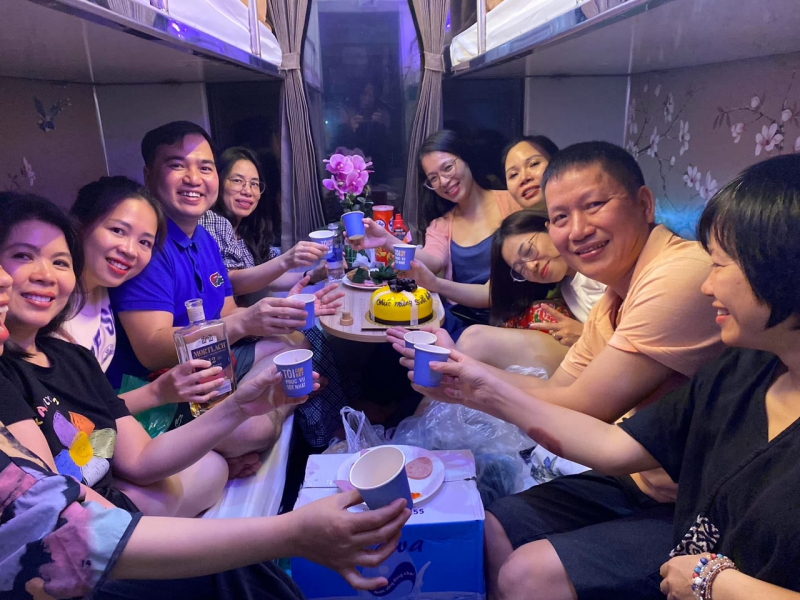
At the same time, more passengers traveling by rail will help reduce pressure on roads and aviation, ensuring punctuality, especially during holidays, without worrying about traffic jams and congestion like on roads, nor having to spend a lot of time doing security procedures and waiting like on air. In particular, passengers on the train can travel, socialize, sightsee, and enjoy delicious meals right in the carriage they use or in the dining car on the train.
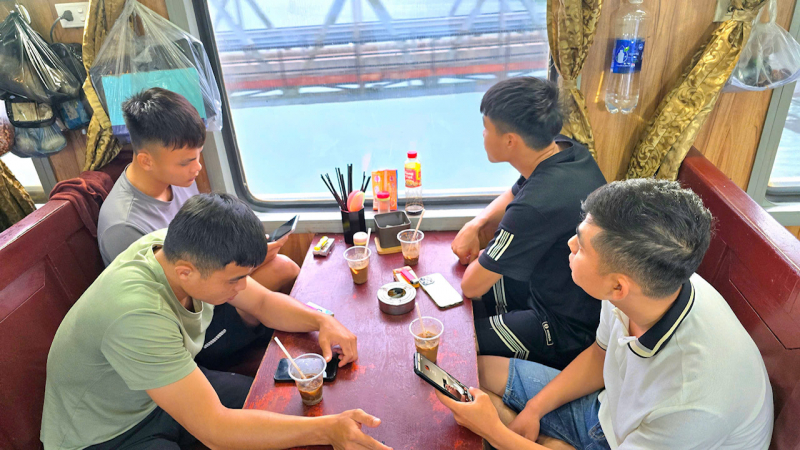
Despite such advantages, the railway industry has been slow to develop over the years, even "sleeping on its existing strengths". Operations have suffered heavy losses, the lives of staff and workers have fallen into difficulty, jobs are sometimes available, sometimes not. Passenger trains have to "share" to find work. In the past two years, with the efforts of the entire industry, passenger transport has gradually changed to serve better, train running efficiency has also increased, corporate culture on trains has been focused on, accordingly the number of passengers has gradually increased, stations along the route from North to South are less desolate.
For passenger transport to truly develop, train operations require constant innovation. The factor of “Corporate culture - Civilized lifestyle” on passenger trains must truly be a decisive factor to “retain the feelings of passengers” attached to this type of transport as in developed countries around the world. At the same time, it is also one of the conditions to ensure traffic safety on current passenger trains.
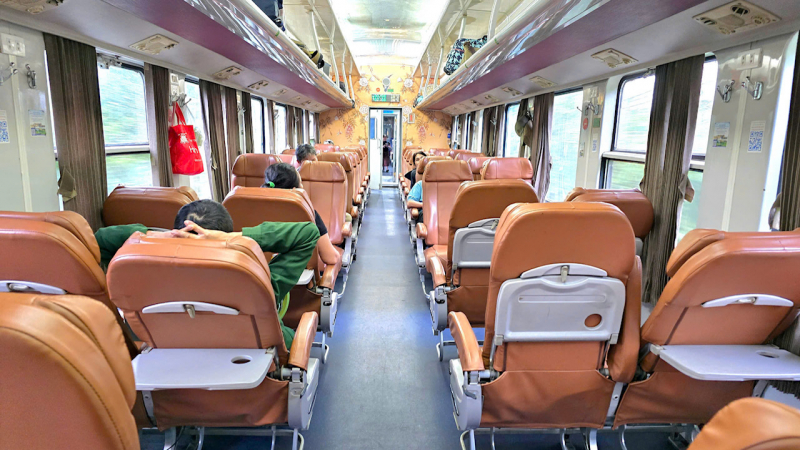
Being from the Central region, we travel by train quite a lot, from SE trains to short-distance NA trains (Nghe An). Recently, we took the SE6 train and experienced many things on the journey. The SE6 train left Dong Hoi station in the direction of Hanoi on the afternoon of April 9. The train has new equipment, clean and beautiful carriages, clean sanitary equipment, neat fire protection equipment, and the service attitude of the attendants is quite friendly and open.
Moving to the location arranged on the ticket, the reporter noted that the train cars had a fairly modern appearance, cool air conditioning, clean train floors and window panes. The restrooms and washrooms were neatly arranged, staff regularly cleaned neatly, providing necessary items such as paper, soap, water, hand dryers, trash cans, mirrors, and clean sinks. There was a cleaning information board by the hour, by shift for each employee, clearly stating the employee's name...
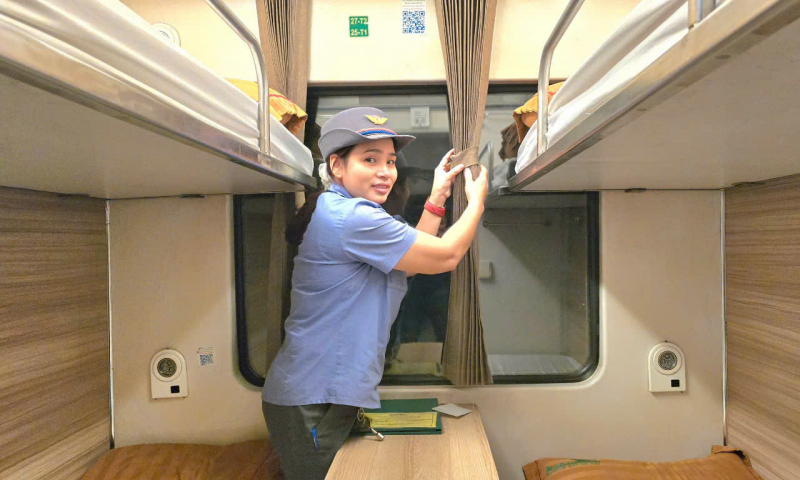
On the train, we met two passenger flight attendants, Doan Thi Thao and Ha Thi Ve. Doan Thi Thao was in charge of car number 7 and Ha Thi Ve was in charge of car number 8. Both employees were friendly and enthusiastic with passengers, and followed the procedures set forth by the railway industry for passenger flight attendants on passenger trains. Through research, we learned that flight attendant Doan Thi Thao was born in 1986 and her family lives in Hanoi. Thao joined the railway industry in 2009, her husband works for the same company, and Thao's family currently has two young children.
When asked about her work and family, she said: “My job is to be a flight attendant, welcoming and seeing off passengers, cleaning the train cars, and ensuring the safety and cleanliness of the cars I am in charge of. Because my job requires frequent travel, I am often away from home and family. There are years when I don’t have Tet because it overlaps with my work schedule. My young children are somewhat deprived of their parents’ affection, but they are taken care of by their grandparents and their education, so they feel secure at work. Although my children are somewhat disadvantaged emotionally compared to other families, nowadays, with the development of information technology, they still regularly contact and discuss their studies with their parents via Zalo every day.”
Flight attendant Ha Thi Ve was also born in 1986, joined the railway industry at the end of 2006, her hometown and family are currently in Ha Hoa district, Phu Tho province. After each shift, she travels hundreds of kilometers to return to her family, and on the day she goes to work, she travels from Phu Tho province to Hanoi to receive her shift. Although the work and life are somewhat difficult, flight attendant Ha Thi Ve always loves her job, always completing her tasks well on the train...
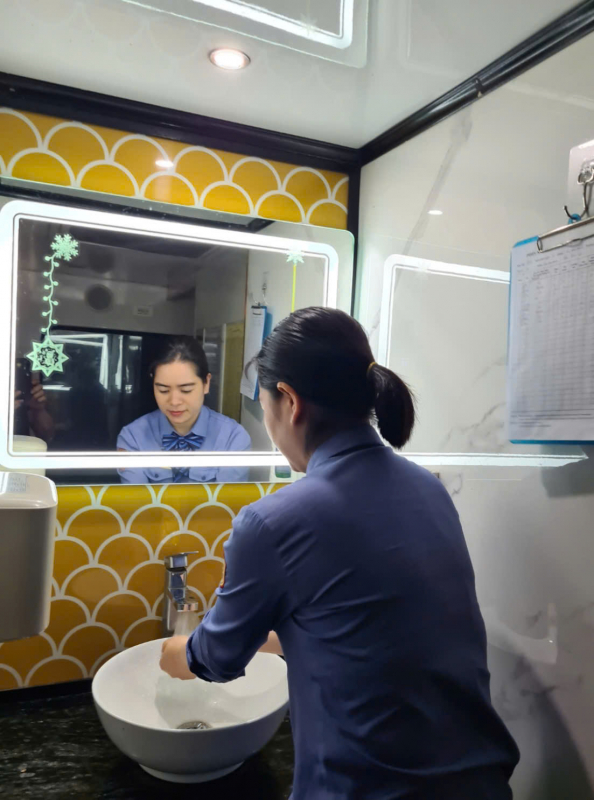
At car number 3, we talked with Mr. Tran Thanh Hai, born in 1978, from Thanh Hoa, who is the attendant in charge of the car. Talking about his job, he said that he has been in the railway industry for nearly 20 years, and that his parents who work in the industry introduced him to the job. His salary is only enough to support his family, but because of his passion, he is doing his job well and feels satisfied with it. He said: “The main task on the train is to welcome and see off passengers, serve the needs of passengers, and clean the car they are in charge of. When on duty at night, they do not sleep, but sit on the duty chair to promptly meet the needs of passengers, regularly check that passengers are in the right place, in the right car, going to the right place, and ensuring the safety of passengers. After each trip, the cabin attendant changes all blankets, sheets, and pillows, cleans the room, wipes the glass doors, cleans the toilet, replenishes paper, hand soap, and other necessary items in the car they are in charge of. Any equipment that is broken is reported to the technician for repair...”.
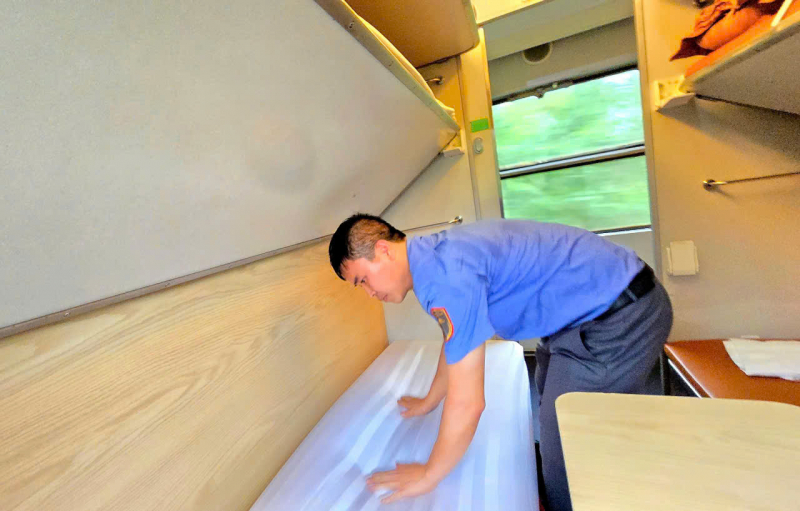
Train leader SE6 Pham Hong Thanh, who has worked in the railway industry for 25 years, has a family tradition of "father to son". He joined the railway from 2000 to 2014 and became a train leader. Talking about the task of serving passengers, he said: "The train team always focuses on improving the quality of service to satisfy passengers. On the train, there is always a dedicated cleaning staff throughout the process. The flight attendants always work according to the principle that when the train leaves the station, the flight attendant introduces his name, the person in charge of the car, introduces the equipment, the phone number is on the table, ready to serve passengers when needed. In particular, the loudspeaker system, in addition to announcing information about the journey to passengers, also plays a propaganda article about the first Party Congress of the Railway Transport Joint Stock Company after the merger to let people know about the industry".
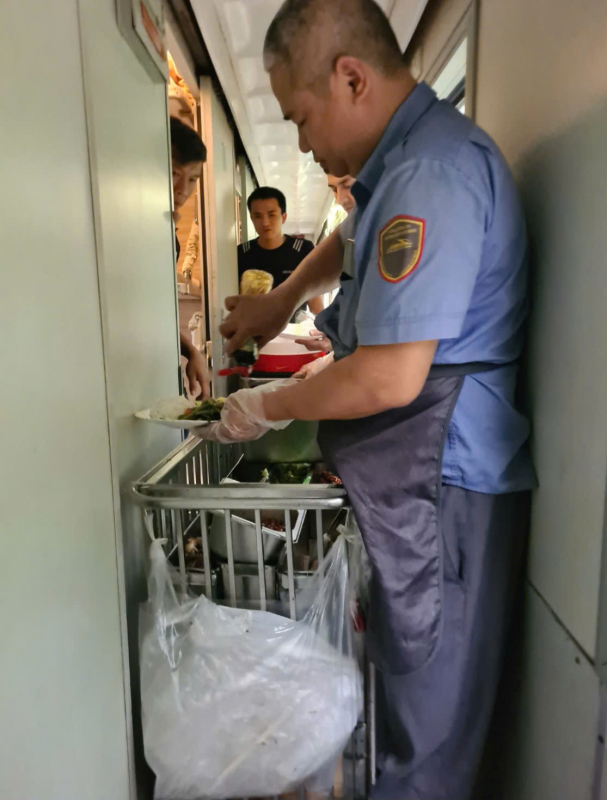
Another noteworthy thing on the SE6 train crew is the food service. The service crew on this SE6 trip worked quite scientifically, the food and drinks were clean, hygienic and safe, the staff went to each passenger's seat to serve attentively so the passengers were very satisfied...
And the things that have not been
However, not all trains are clean and the service, reception and operation on the train cars still have many things that make passengers feel uneasy. For example, the SE11 train we took was a train with old equipment, the train cars were both old and had a very dark color scheme, so the cars always looked like they were "soaked in water". Perhaps because the train cars were old, it also had a significant impact on the working mentality of the passenger transport attendants, making their attitude "indifferent"...
We realize that the duties of the radio staff on the train need to be rectified. It can be said that this is still a very weak step on the trains. In the "digital technology" era, in addition to reminding about train times, train regulations..., the radio staff can propagate about the homeland and country (the content can be saved in USB or memory card). Previously, when the SE train passed through the provinces and cities, the train played music about that locality, creating an exciting atmosphere, but for a long time this has been... forgotten!
Along with that, the use of information technology for the radio system not only helps train passengers know about railway regulations when traveling by train, but the radio also pleases passengers, helps passengers understand more about Vietnam's railways, informs passengers about tourist attractions to explore, learns about the culture and history of the homeland and people of Vietnam... But this step is weak, like on train SE11, the train captain reminded directly and called 3 times to remind the radio, but it was also very "economical and boring". Train SE6 has a radio but it is also "stereotypical" and dry, lacking the sophistication to attract the feelings of tourists with the train.
When arriving at train stations, there should be a clear announcement for passengers to get off at the station, but many trains "forget" this, instead the staff comes to the train compartment to call. In fact, broadcasting on the loudspeaker is necessary not only for passengers who need to get off at that station but also for passengers traveling long distances, so that they know which station the train is going to and arriving at. It is unreasonable to think that broadcasting on the loudspeaker will cause passengers to lose sleep because passengers traveling on the train with the noise along the way, few can sleep deeply and the sound from the loudspeaker is nothing compared to the sound and vibration when the train moves.
In addition to the trains that are invested in to attract passengers, many trains are still poorly maintained, which still haunts passengers. In addition, the fact that the train cars do not have air conditioning systems in each compartment causes many cars to have very cold temperatures, passengers curl up but do not know how to handle it, do not know who to call when at night the service staff also go to sleep.
During the last winter, we took the SE train from Hanoi. When we got on the train, we had a thin blanket. At night, the air conditioning in the train was set too low, making everyone in the cabin shiver with cold. But when we opened the door, there was no one to ask. One passenger fumbled around looking for the button in the cabin, but there was only… a light button!
Regarding ticket prices, it can be said that this is still a "bottleneck". On weekdays, ticket prices are moderate but also higher than sleeper bus tickets. For example, train SE11 departing at 9:20 p.m. from Hanoi to Vinh has a ticket price for a 1st floor sleeper (4-bed cabin) of 610,000 VND. This price is 1.5-2.5 times higher than the ticket price for a sleeper bus from Hanoi to Vinh (from 250,000 to 400,000 VND depending on the type of bed). On holidays such as April 30 and May 1, ticket prices are much higher and are also very difficult to buy. This is a minus point that makes trains unable to compete with road transport, especially for customers with economic difficulties such as students, workers, having to pay more than cars is not an easy problem. Not to mention that road transport has been shortened a lot due to the formation of highways, while railways still have the same time frame, it is difficult to shorten it further.
Regarding train schedules, in the past, the latest SE train of the day departed from Hanoi station at 11pm, which was a very convenient time for passengers to arrange work, have dinner, etc. to prepare before boarding the train. However, this time has now been removed, leaving only the SE11 train departing at 9:20pm, causing difficulties for passengers.
And then there is the work of welcoming passengers, greeting the station to the departure station... This is a beautiful cultural feature but perhaps it is still neglected. Or even if it is implemented, it has not created a friendly and close environment. Every time the train enters the station, only the deputy train conductor holds a lamp (or flag) to work, or when the train departs from the station, only the train operator waves the flag, which looks monotonous... If only when the train slowly stops at the platform, on all the exits at the end of the train car, there are a few passenger transport attendants waving their hands to welcome with friendly smiles, it would probably create a more friendly and affectionate feeling. This cultural practice has been implemented in air and sea passenger transport for a long time and is loved by passengers, but it is not available in railways. Regularly maintaining the beautiful culture is not only the programming of a train, but it is the core of the meaning of "corporate culture" - to consolidate and develop the business's activities to grow day by day...
Source: https://cand.com.vn/Xa-hoi/cam-nhan-mat-duoc-va-chua-duoc-tren-nhung-chuyen-tau-lua-bac-nam-i765619/


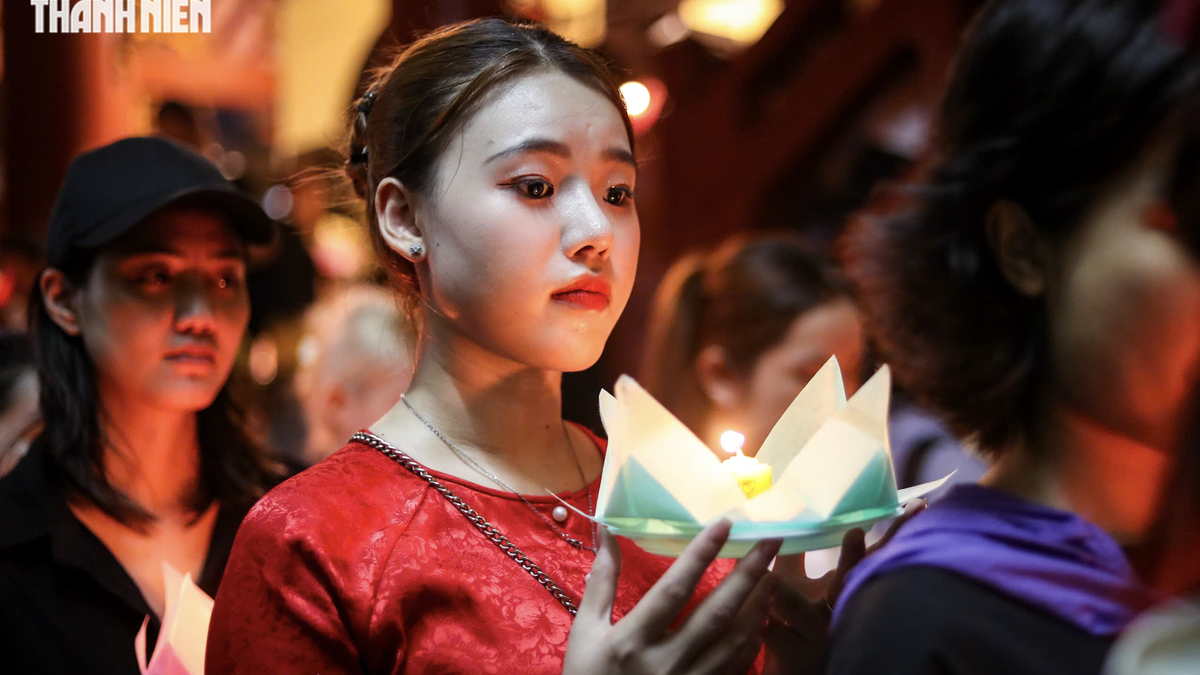
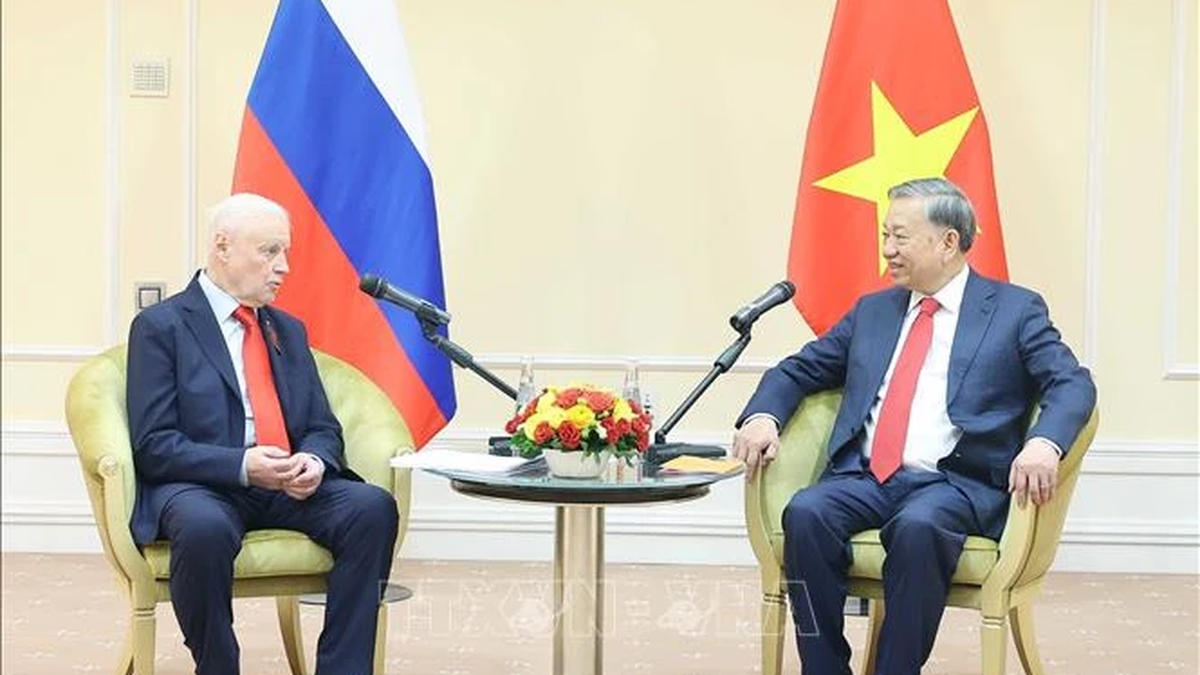

![[Photo] Prime Minister Pham Minh Chinh chairs Government Standing Committee meeting on Gia Binh airport project](https://vphoto.vietnam.vn/thumb/1200x675/vietnam/resource/IMAGE/2025/5/10/6d3bef55258d417b9bca53fbefd4aeee)

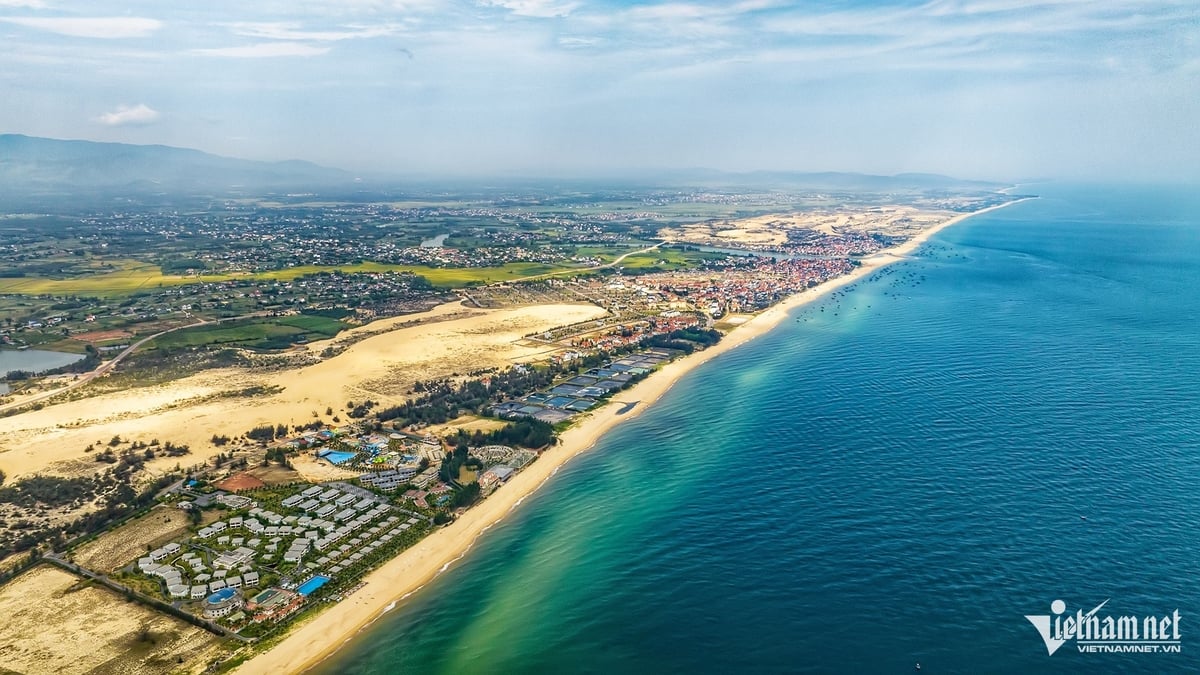
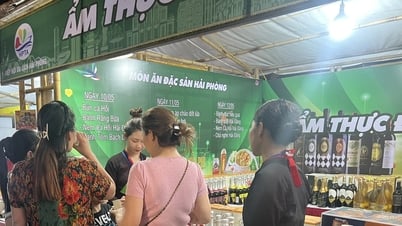
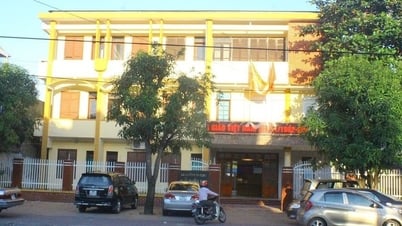
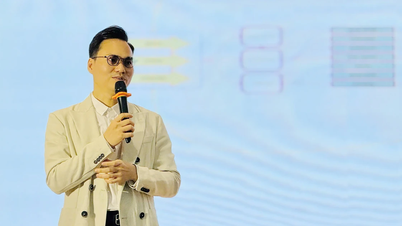
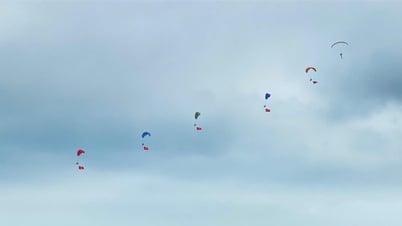
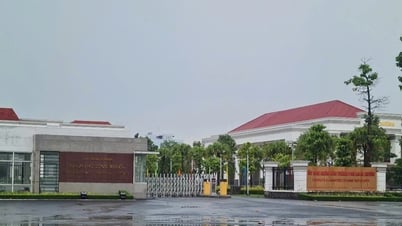





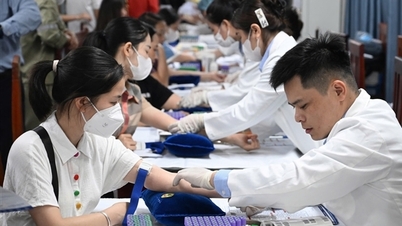
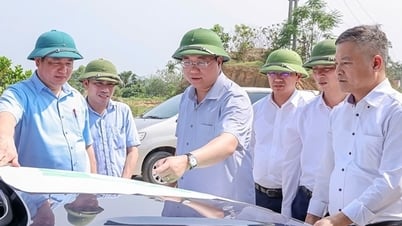
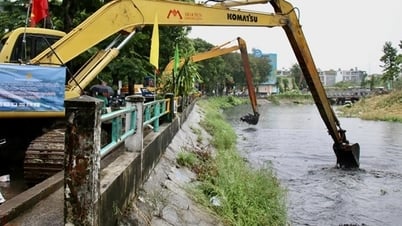
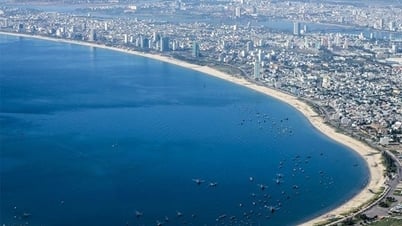
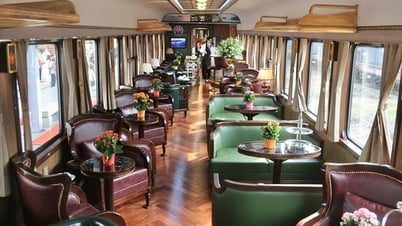
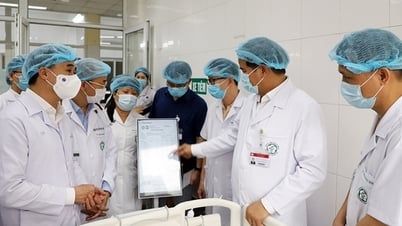
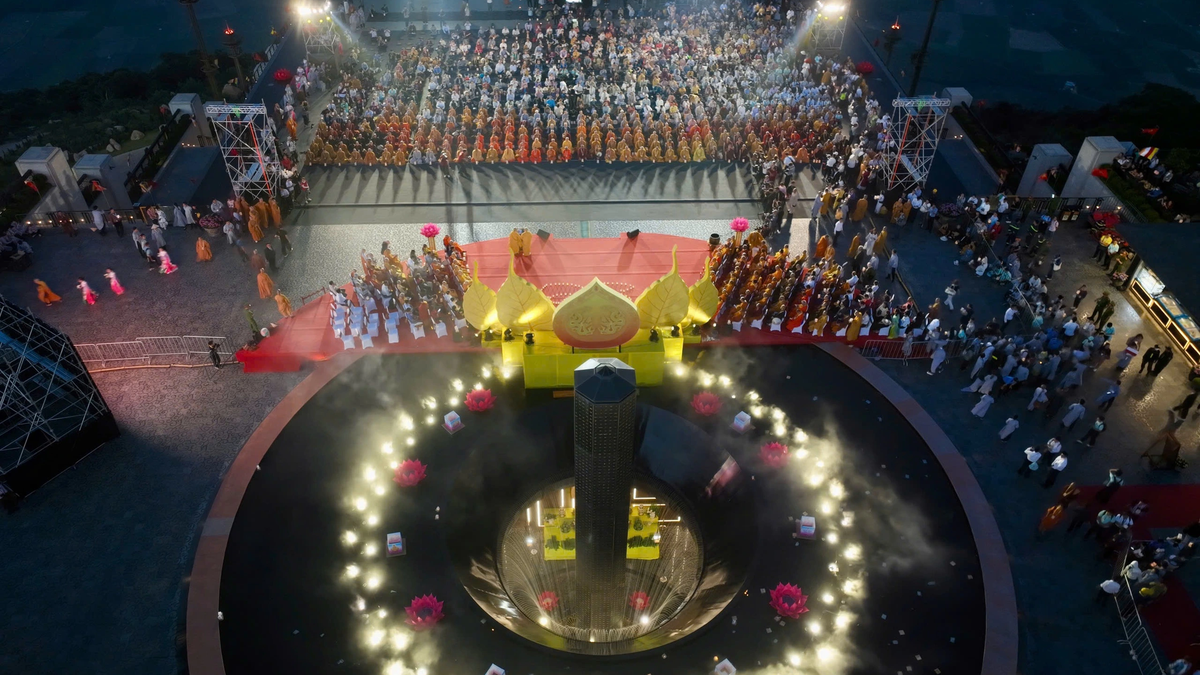






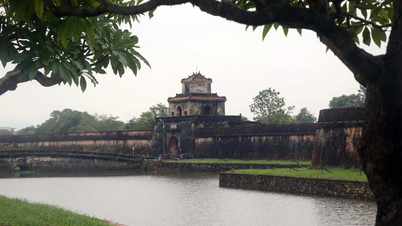

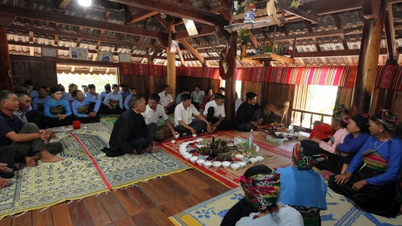





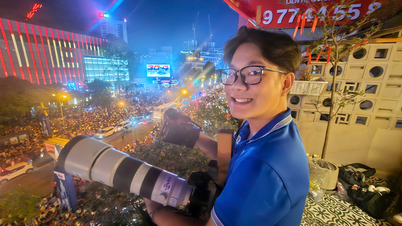

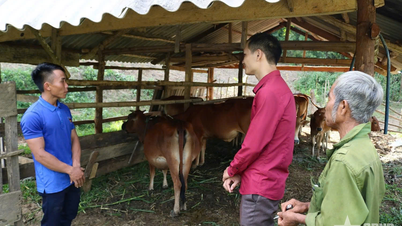

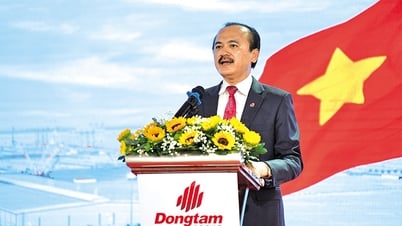

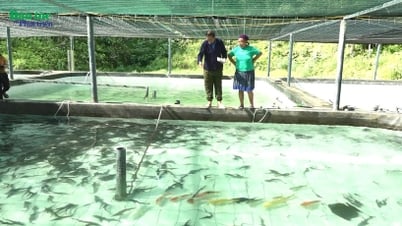










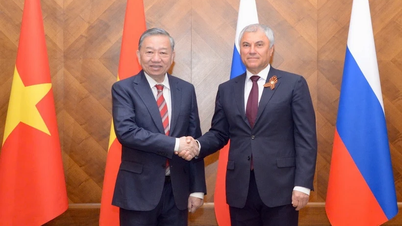




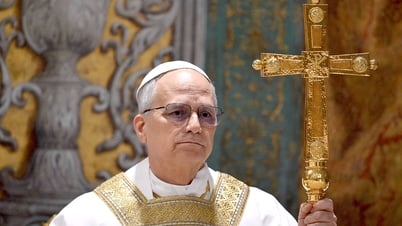
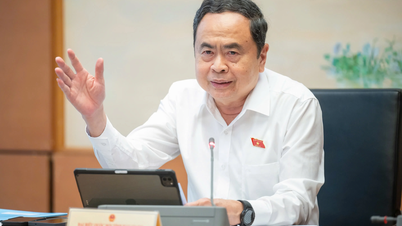
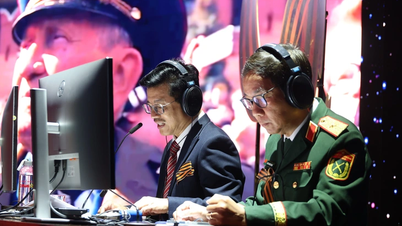








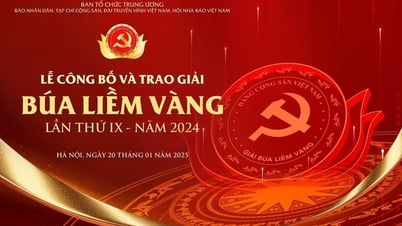
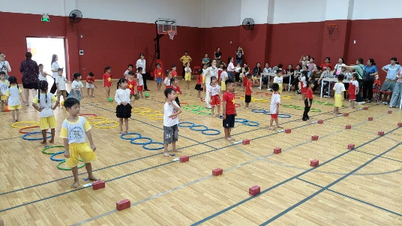



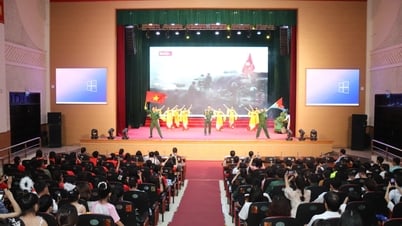
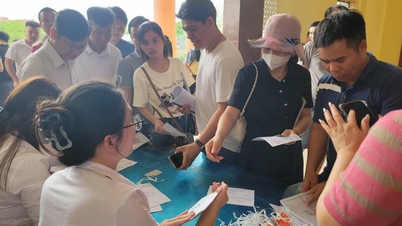

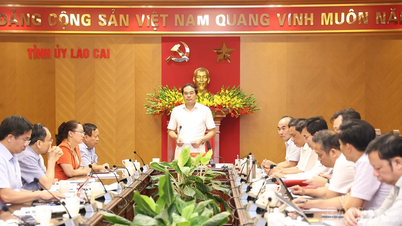

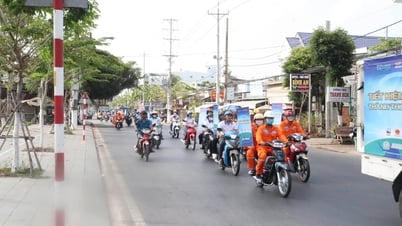










Comment (0)